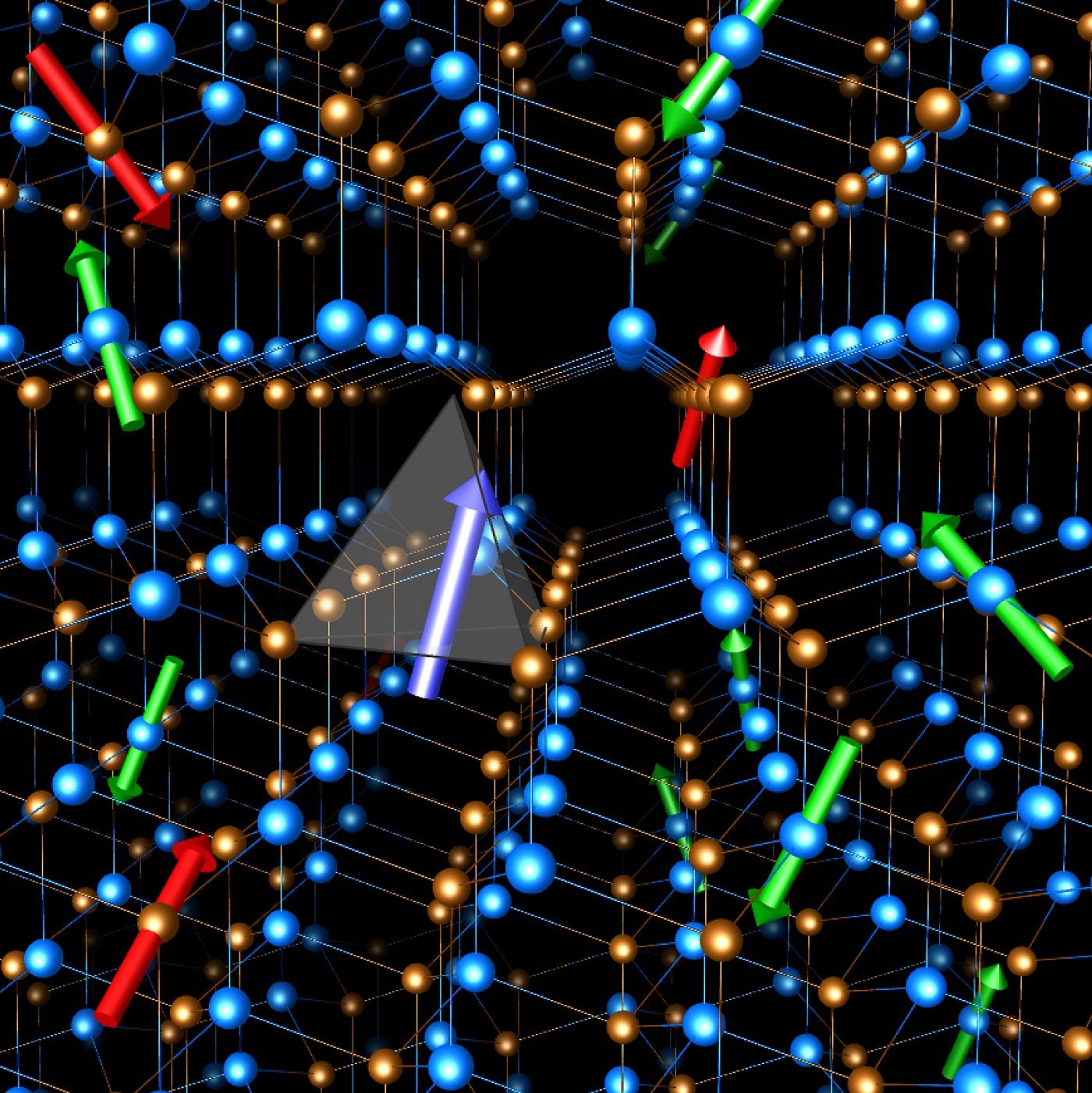Everything is about cloud computing these days. In fact, there is such an emphasis on stuffing all your applications into the cloud that we’ve managed to create a situation where now we’re having performance issues. So then the tech world came up with another concept called fog computing which means we take everything out of the cloud and move it “to the edge”. It’s only a matter of time before we decide that edge computing isn’t centralized enough and then start moving everything back up to the cloud. All the while, highly paid data consultants are laughing all the way to the bank. The truth is though that cloud based solutions (also called software-as-a-service or SaaS) are here to stay. In many cases, the technology on offer is so complex and resource intensive that it only works with a centralized model. Quantum computing is a good example of this. So is IBM’s Watson cognitive computing solution. The company we’re going to talk about in this article, Cognitive Scale, is taking IBM Watson and making cognitive computing available to anyone via the cloud.

Founded in 2013, Texas based startup Cognitive Scale took in $25 million in funding just last week from investors that included Intel, Microsoft, and IBM. Probably the most compelling thing about Cognitive Scale is the pedigree of their leadership. The Company Chairman, Manoj Saxena, was responsible for commercializing IBM’s Watson with a $1 billion investment from IBM. He ended up at IBM because a company he founded called Webify was acquired by IBM in 2006. In fact, he founded and sold two venture-backed software companies in just 5 years’ time. The founder and CTO of Cognitive Scale, Matt Sanchez, was the 3rd employee and Chief Architect of Webify and was responsible for founding the R&D arm of IBM Watson called IBM Watson Labs. See how this all fits together?










